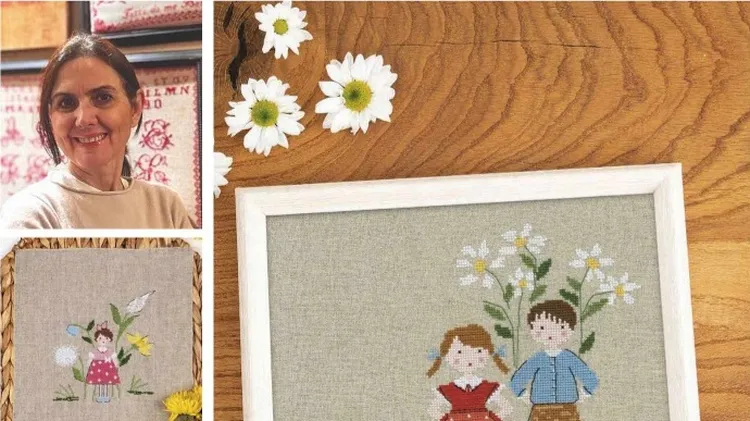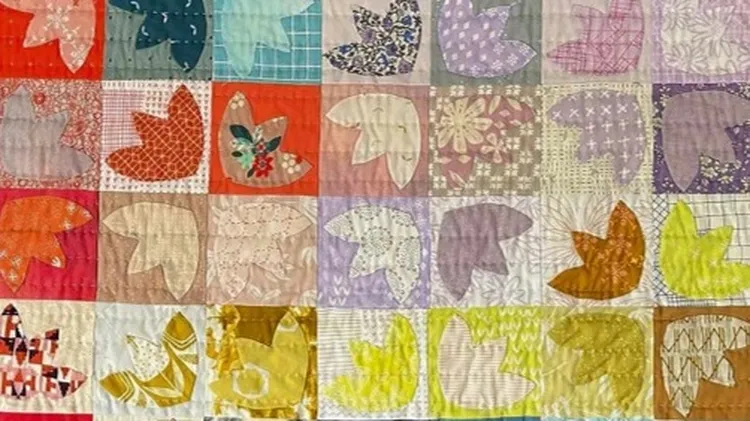We sat down to chat with Dawn Cook Ronningen about all
An interview with...dawn cook ronningen
5 min read
This article is from...
Read this article and 8000+ more magazines and newspapers on Readly






